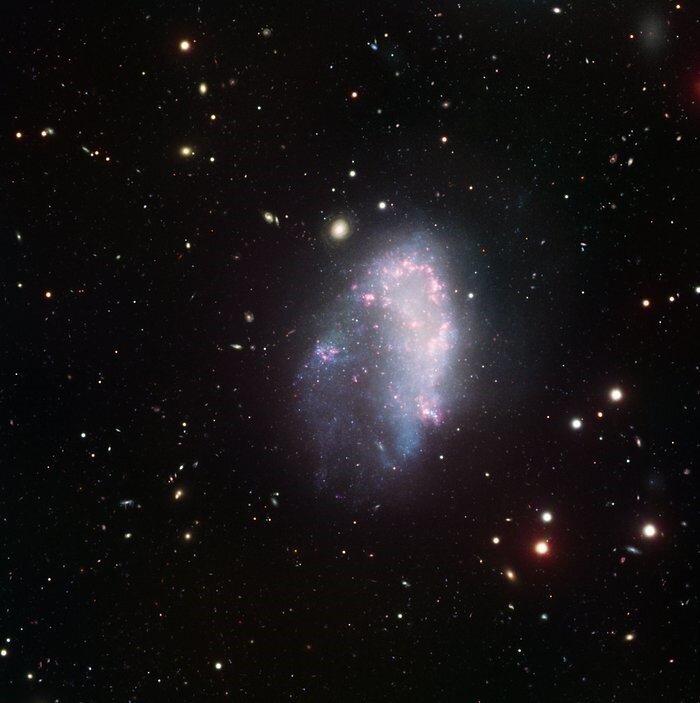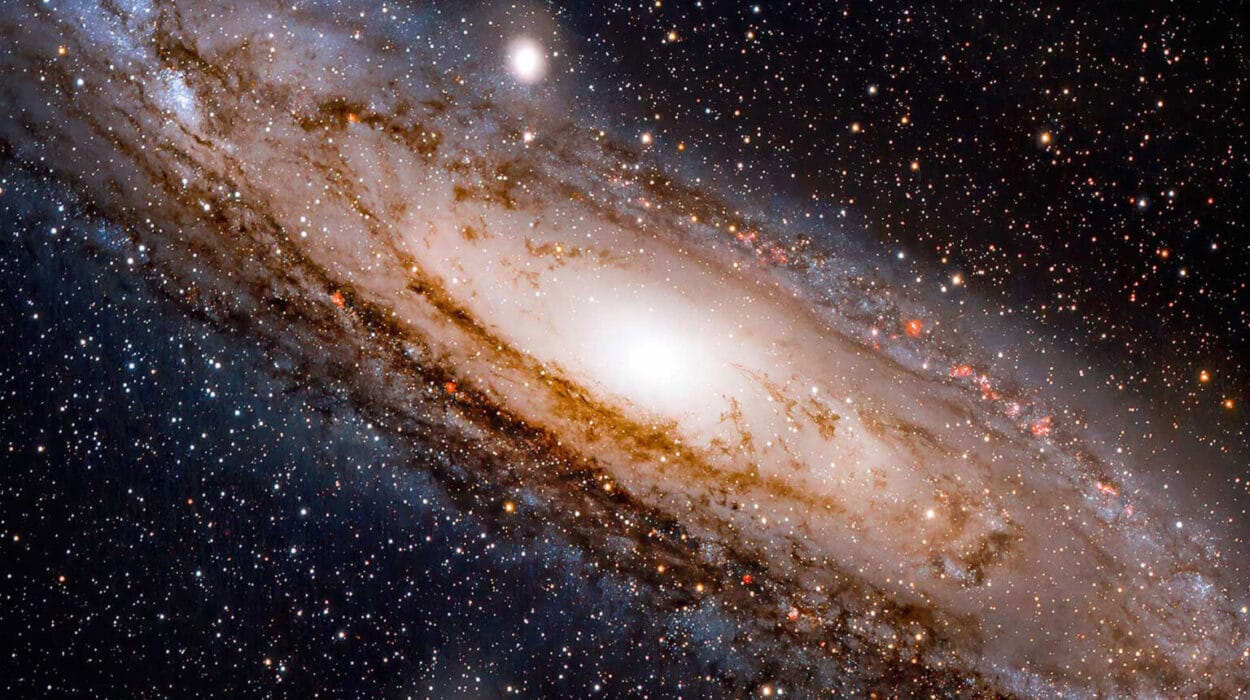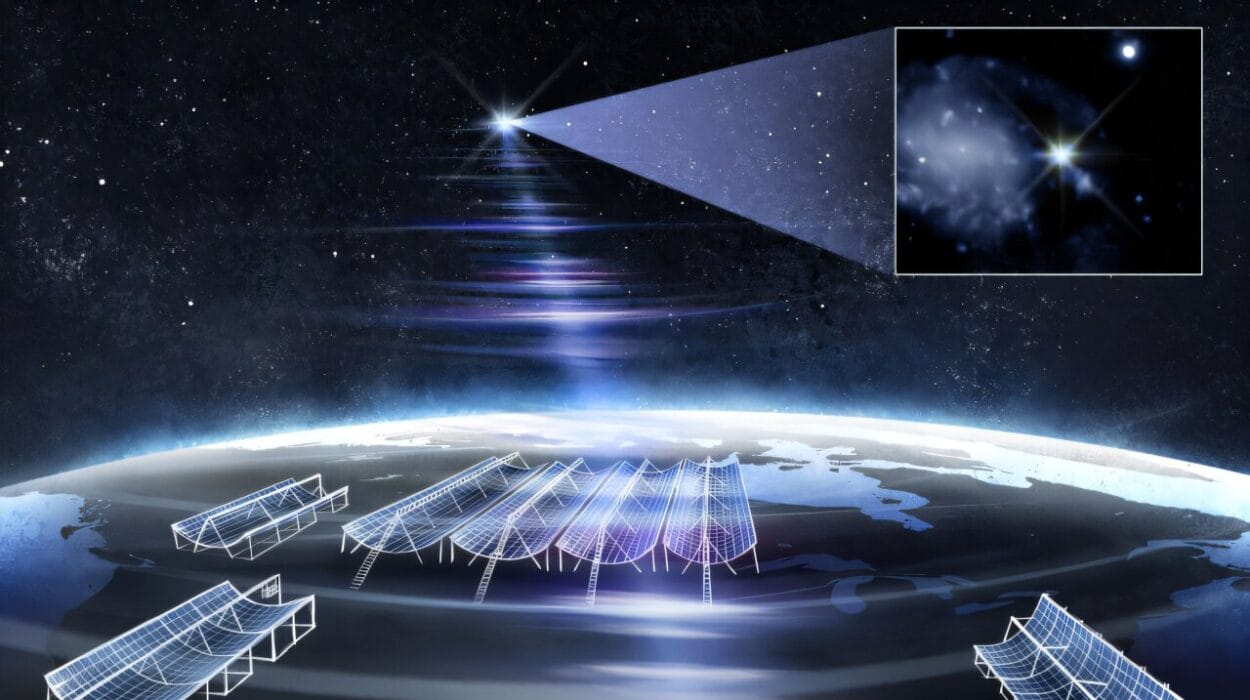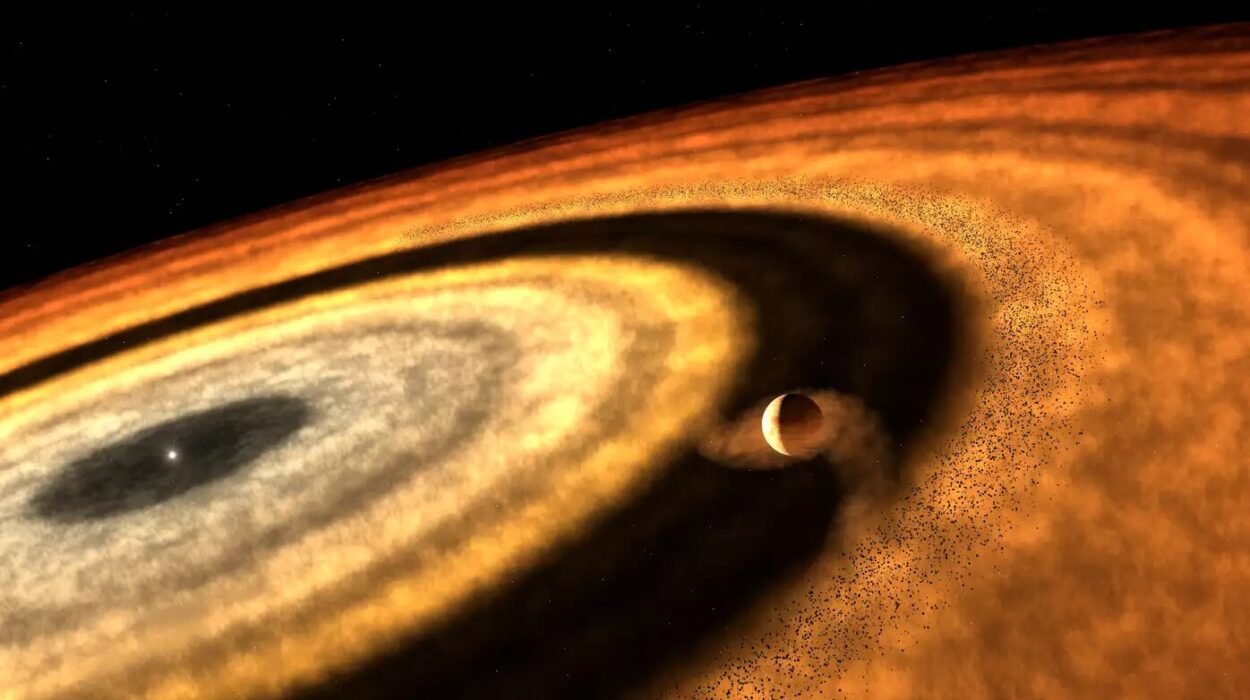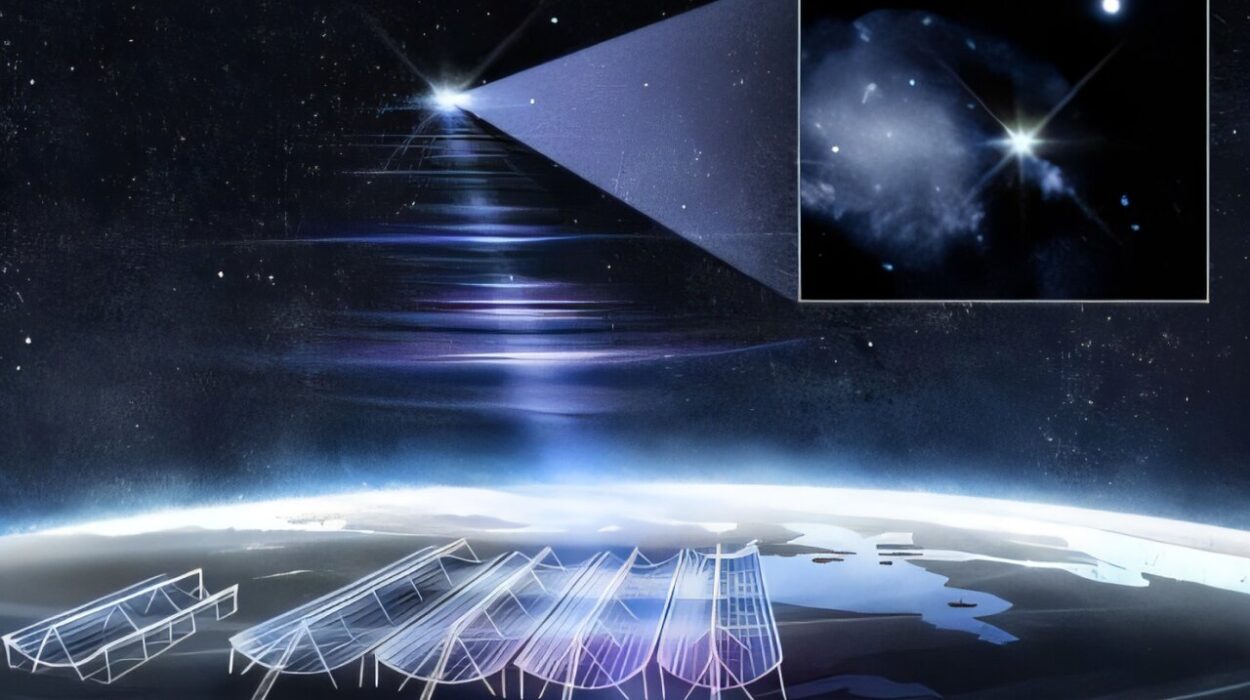In the grand theater of the cosmos, galaxies sparkle like celestial cities—billions of stars bound by gravity, glowing across the vast canvas of space. Yet behind their luminous façades lies a shadowy scaffolding: dark matter halos, invisible structures that cradle every galaxy in the universe. These halos, made of a mysterious substance that neither emits nor reflects light, provide the gravitational glue that holds galaxies together. But a question that has long haunted astrophysicists is this: Could some dark matter halos exist in complete darkness—bereft of stars, hidden from telescopes, and yet profoundly influential?
A new study by Ethan Nadler, a computational astrophysicist at the University of California, San Diego, might bring us one step closer to answering that cosmic riddle. His recent paper, “The Impact of Molecular Hydrogen Cooling on the Galaxy Formation Threshold,” published in The Astrophysical Journal Letters, dives deep into the elusive line between light and dark in the universe—literally. Through cutting-edge cosmological simulations and analytical models, Nadler identifies a critical mass limit: the tipping point at which dark matter halos either give birth to stars or remain forever dark.
The Invisible Architects of Galaxies
To understand the importance of Nadler’s work, we need to grasp what dark matter halos are. While we can’t see them directly, we know they exist because of their gravitational effects. They act as invisible gravitational cradles, pulling in clouds of gas that can eventually condense into stars and form the galaxies we observe today.
Traditionally, astronomers believed that a halo needed to weigh at least 100 million to 1 billion times the mass of our Sun to accumulate enough gas, cool it down, and ignite the process of star formation. This mass range comes from models that consider cooling by atomic hydrogen, the simplest and most abundant element in the universe.
But Nadler’s findings challenge that long-standing notion by including something often overlooked: molecular hydrogen (H₂).
Molecular Hydrogen: A Cosmic Coolant
Unlike atomic hydrogen, which requires relatively high temperatures to cool gas clouds, molecular hydrogen can cool the gas more efficiently, even in smaller halos. This means that some halos much lighter than previously expected—as low as 10 million solar masses—could potentially host star formation.
“Molecular hydrogen cooling is a game changer,” says Nadler. “It allows smaller halos to cross the threshold and form stars, expanding the lower bound for galaxy formation in the early universe.”
This might sound like a subtle change, but it has massive implications. If smaller halos can indeed form stars, then the number of faint, ancient galaxies lurking in the cosmic background might be far greater than we’ve ever imagined. Conversely, if some halos never manage to form stars—even with molecular hydrogen in play—it suggests the existence of completely dark halos, objects that have mass and structure, but no light.
The Hunt for Dark Galaxies
Detecting such starless halos is no small feat. Since they emit no light, they can’t be seen through traditional telescopes. However, their gravitational influence—on neighboring galaxies, intergalactic gas, or through phenomena like gravitational lensing—could betray their presence.
“Historically, our understanding of dark matter has been linked to its behavior in galaxies,” Nadler explains. “A detection of completely dark halos would open up a new window to study the universe.”
That’s where powerful new observatories come into play.
The Observational Frontier: Rubin and JWST
This year, the Vera C. Rubin Observatory is expected to begin operations. Equipped with one of the largest digital cameras ever built, Rubin will conduct the Legacy Survey of Space and Time (LSST), mapping billions of galaxies across the night sky. Its sensitivity to faint, low-surface-brightness galaxies could help identify small halos teetering on the edge of star formation—or reveal the subtle gravitational signatures of truly dark ones.
Meanwhile, the James Webb Space Telescope (JWST) is already revolutionizing astronomy with its unprecedented ability to peer into the early universe. Webb’s infrared eyes can detect the faint glow of galaxies that formed just a few hundred million years after the Big Bang—some of which may be small enough to test Nadler’s new mass threshold.
The synergy between Rubin’s wide-field survey and JWST’s deep-field vision creates a powerful one-two punch that could confirm or refute Nadler’s predictions. If they uncover an unexpected abundance of faint, small galaxies, it would support the idea that molecular hydrogen enabled star formation in lighter halos than previously believed. On the other hand, a scarcity of such galaxies might hint at a hidden population of starless dark matter halos, quietly shaping the cosmos from the shadows.
Redefining the Cosmic Blueprint
Why does this matter? Because understanding which halos form stars—and which don’t—helps us refine our models of galaxy formation and probe the nature of dark matter itself. Dark matter remains one of the great unsolved mysteries of modern physics. By mapping its behavior through galactic archaeology, we get closer to answering fundamental questions about what the universe is made of and how it evolved.
If starless dark matter halos are confirmed to exist, they would provide a pristine laboratory for studying dark matter without the complications of starlight and stellar feedback. These ghostly structures could help scientists test different dark matter theories—such as cold dark matter, warm dark matter, or even exotic alternatives like self-interacting dark matter.
A New Chapter in Cosmic Discovery
Ethan Nadler’s work represents more than a refinement of theoretical models; it’s an invitation to look harder into the cosmic shadows. By establishing a lower limit for star-forming halos, his study lays the groundwork for the next era of discovery—one where light is no longer the only guide through the dark.
As new telescopes scan the sky and sift through the ancient light of the universe, we may soon uncover whether completely dark galaxies roam the cosmos, shaping its architecture in silent majesty. Their discovery would mark a profound shift in how we view the universe—not just as a place of stars and light, but as a deeper, darker realm still full of mysteries waiting to be illuminated.
Reference: The Impact of Molecular Hydrogen Cooling on the Galaxy Formation Threshold, The Astrophysical Journal Letters (2025). DOI: 10.3847/2041-8213/adbc6e
